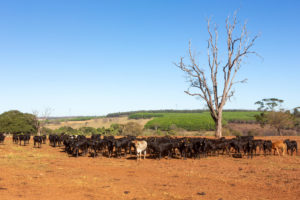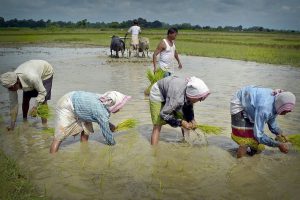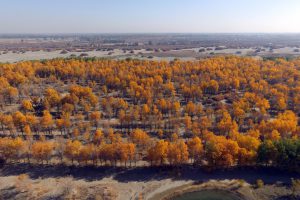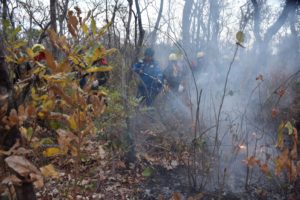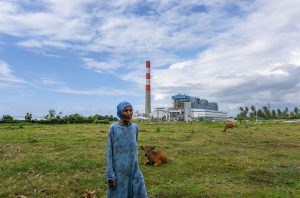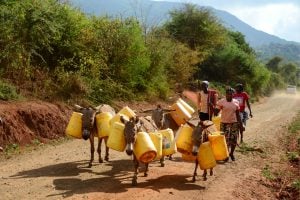“How far is the river from here?”
“River? There’s no river here”
“Doesn’t the Ganga flow from here?”
“Oh! Ganga ji? She’s about 200 metres to the south from here.”
This conversation was repeated regularly as I walked along the Ganga for 6 months – often asking locals to direct me to the river. While navigating the heavily populated floodplains – at times wandering off on a tangent – the river acted as my anchor. My GPS, if you would like to call it that, the river’s flow as my compass. I was moving upstream, switching constantly between hard tarmac, gravel roads and soft mud paths – a journey from noise to silence, from electricity to open skies, from the hard red and orange of trucks to the tranquil earth tones of a river bank.
Very slowly, walking through the constant drone of daily life, people showed me the relationship they share with the Ganga that to them is not just a river, but life itself. Some days were stamped with festivities, some special occasions to remember this life giver – but on all the others days, just everyday life, a mix of activities on and around the river.
And while we look at activities, it is also important to observe the pauses. There isn’t always a constant buzz at the riverbank of folks in colourful clothes praying to the river. The fishing boats aren’t out on the water all day. The popular depiction of the river, the ghats at Varanasi, hardly qualifies as a complete representation of the life of the riparian community or the river itself.
These pauses, a quintessential feature of daily life, are slow in nature. This often includes sitting by the river bank, or on a boat, gaze fixed on the river as its muddy currents melt into the other bank or merge with the purple horizon at dusk – reflecting in the river. Time becomes fluid like the river – measured by lighting of the chillum (traditional clay pipe used for smoking) the gathering of cattle run away or when it is time to draw in the fishing net.
Everyday life, repeating itself, much like the journey of a river, yet, ever new.
Woman with her child at a muskmelon farm on the riverbed, Western Uttar Pradesh. Post monsoon, as the water recedes in the river, local farmers, especially otherwise landless folks – head to the exposed riverbeds to cultivate for vegetables and fruits [image by: Siddharth Agarwal]
A couple of farmers make their way to their farms through flooded fields in Jharkhand. Their maize crop destroyed by flooding will now be used as fodder for their cattle [image by: Siddharth Agarwal]
Fisherwomen sitting together counting their catch of fish fry – fingerlings from the day in southern West Bengal. Daily activities on the riverbanks are a source of bonding & relationship building [image by: Siddharth Agarwal]
An old man preparing to perform his daily ablutions at the holy river, at a nondescript bank of the Ganga in Western Uttar Pradesh [image by: Siddharth Agarwal]
A group of children huddled under a single gamcha (traditional multi-purpose cloth towel) while it rains, crossing a small bamboo bridge built on the backwaters of the Ganga in West Bengal [image by: Siddharth Agarwal]
Young children learning to fish while they practice with elders in central Uttar Pradesh [image by: Siddharth Agarwal]
The Ganga behind the Farakka barrage is wide enough to make you forget that it is a river. Locals take the barge to cross the river from Mankechak, West Bengal to Rajmahal, Jharkhand [image by: Siddharth Agarwal]
Women carrying fodder back home from the mountains in Uttarakhand [image by: Siddharth Agarwal]
Shepherds across the Himalayas shift altitudes with season. A flock of sheep seen here grazing on the slopes revealed by the drawdown of water in the Tehri Dam reservoir. Old roads have also become visible in this frame, along with the contours formed by varying water levels [image by: Siddharth Agarwal]
While dam affected communities – both displaced and those still at the edge – wait for basic health and education services and rehabilitation, the government has spent large amounts of public money in setting up these luxury houseboats on the Tehri Dam reservoir, while the locals watch helplessly. Recently, the boat that housed the floating restaurant sank in the reservoir [image by: Siddharth Agarwal]
A fisherman sitting patiently on his boat, watching the sun set on the river as he prepares to cast his net near Chunar in Uttar Pradesh [image by: Siddharth Agarwal]
A post monsoon scene with Kaans (Saccharum Spontaneum) in full bloom on the floodplains in central Uttar Pradesh. It is believed that the full bloom of this grass is a sign of the end of the monsoon showers – and marks the arrival of autumn. This local knowledge however is being challenged by erratic climate behaviour [image by: Siddharth Agarwal]
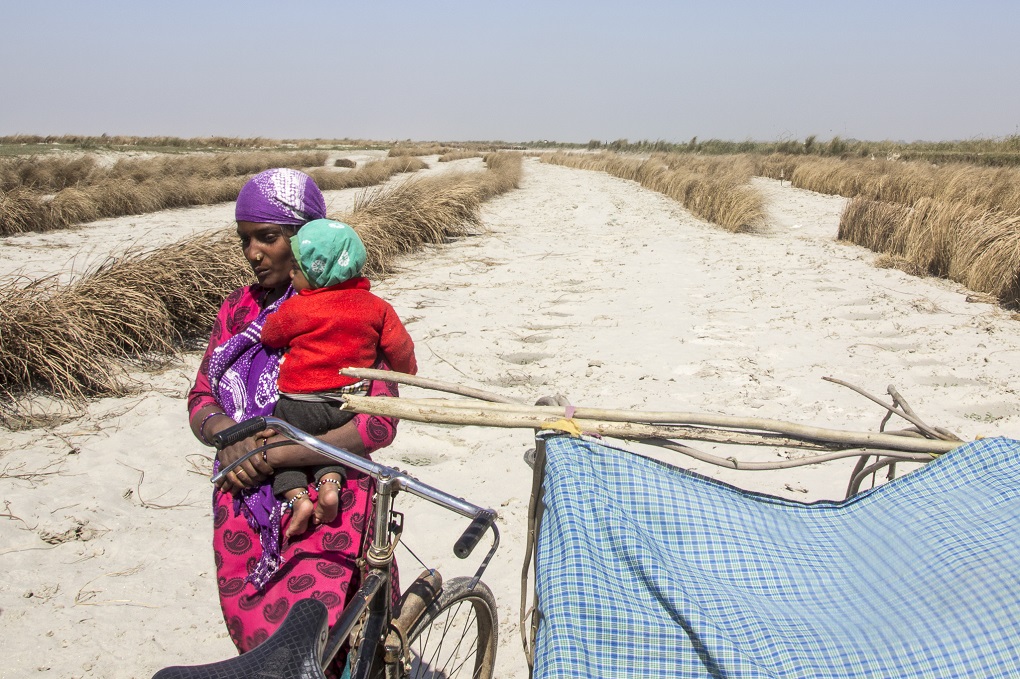
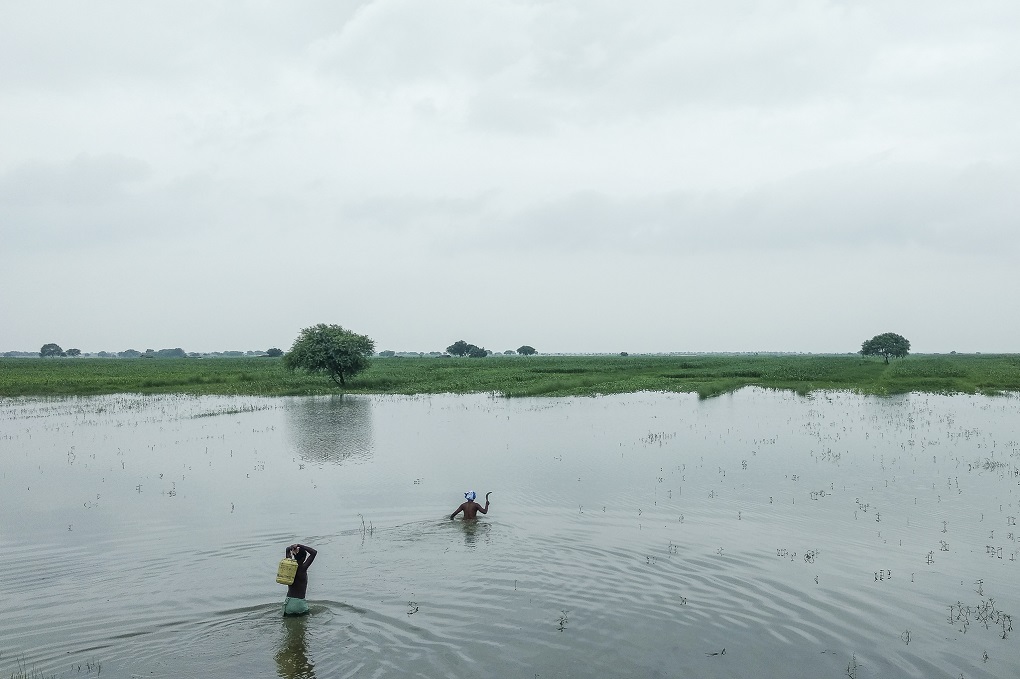
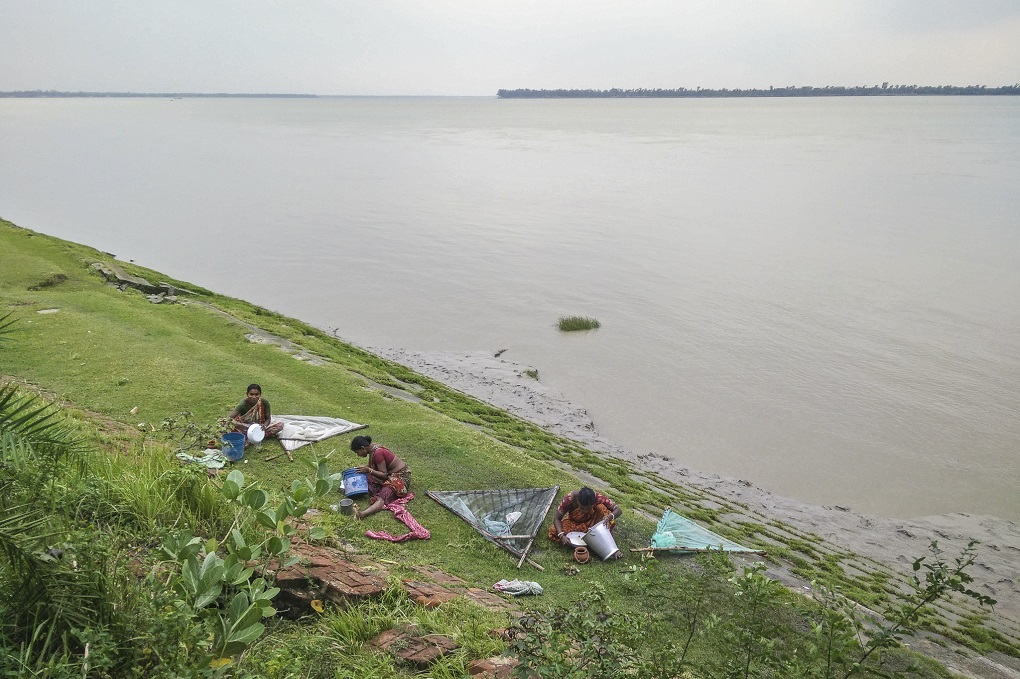
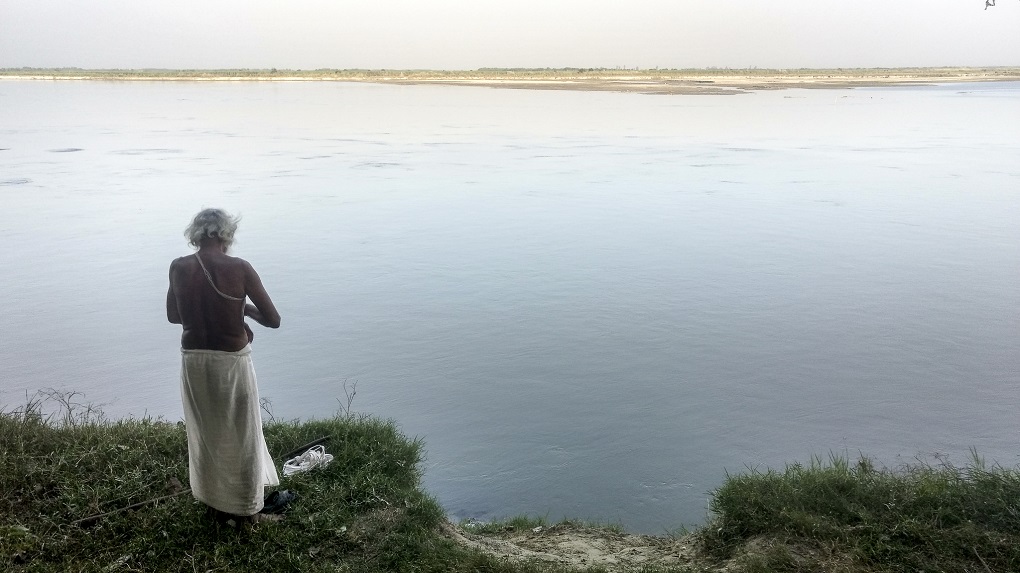
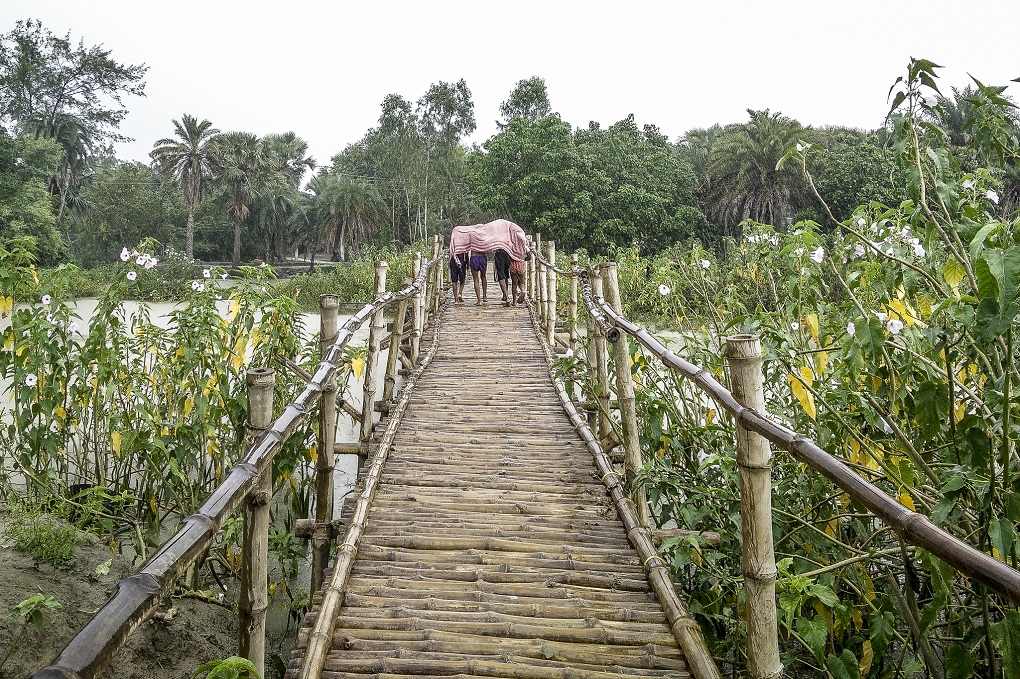
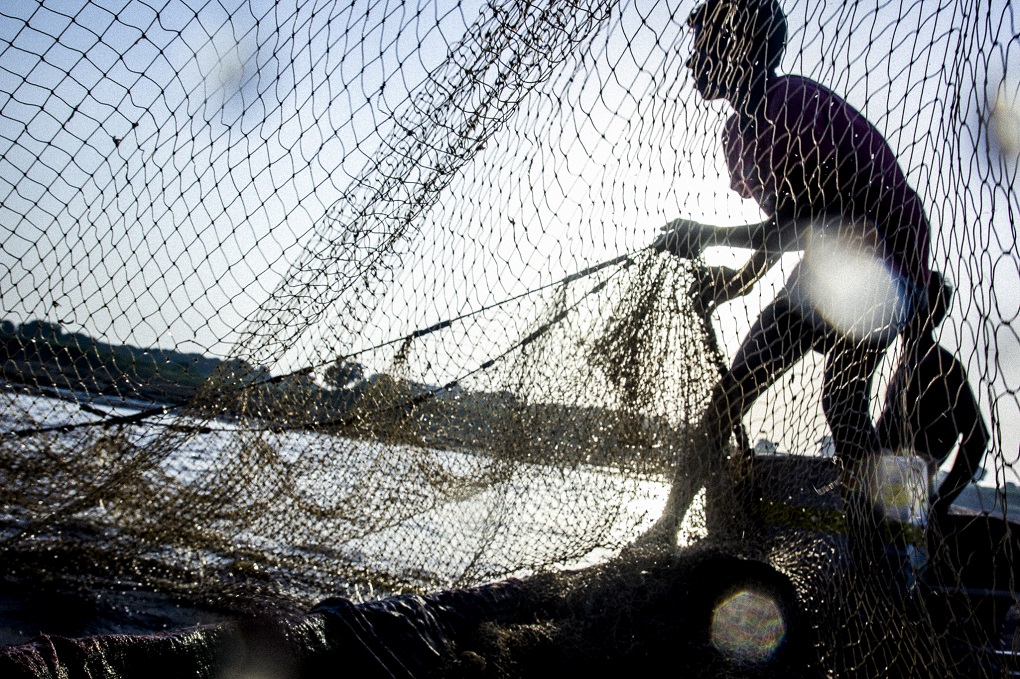
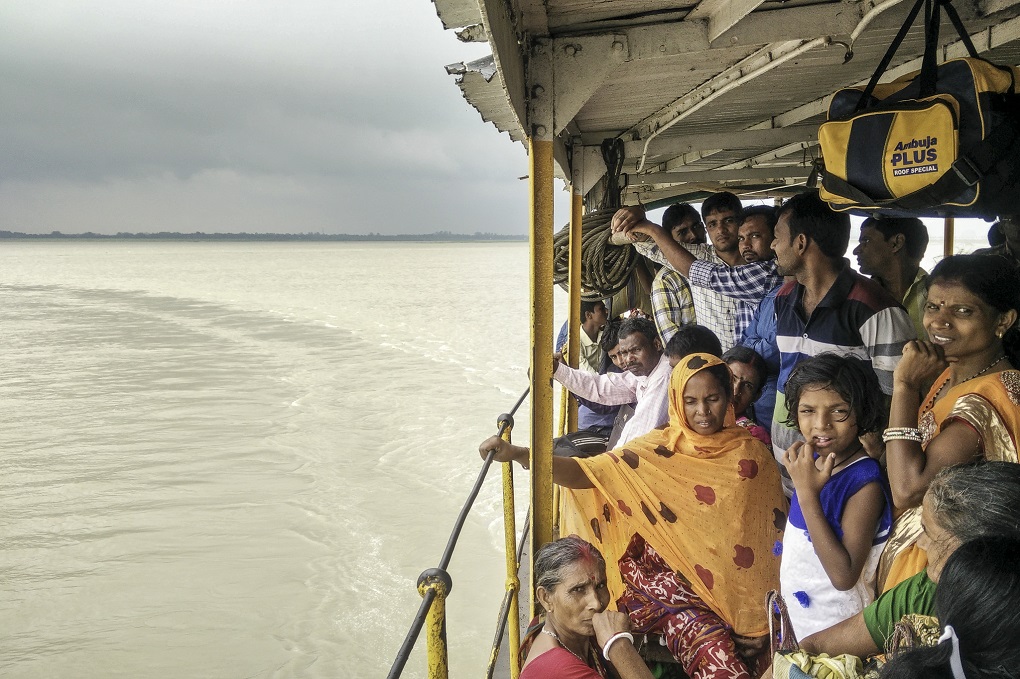
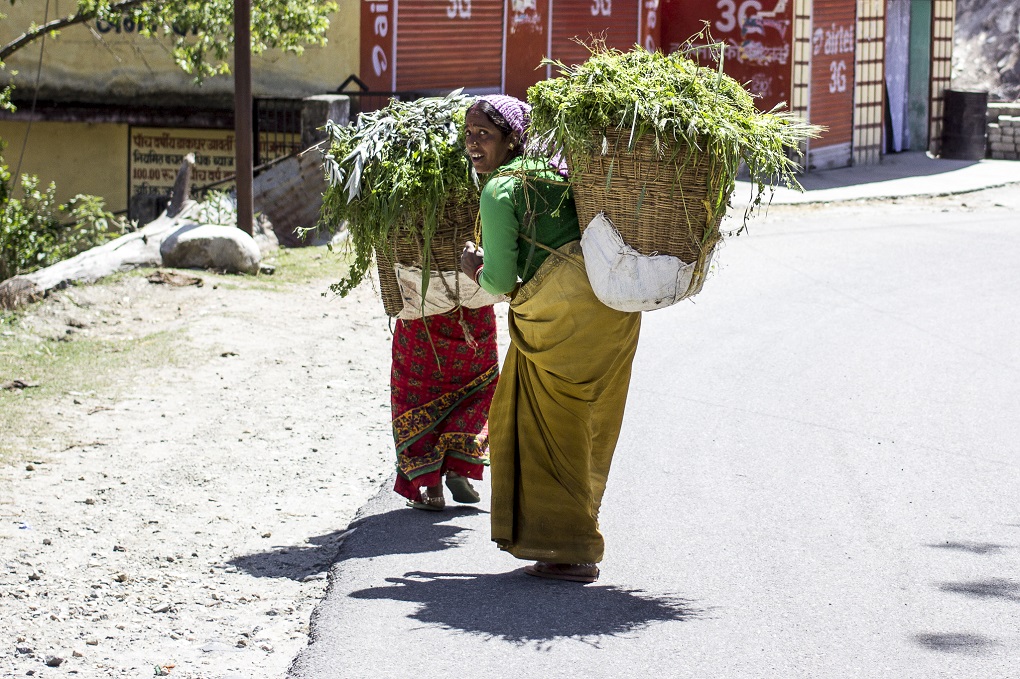
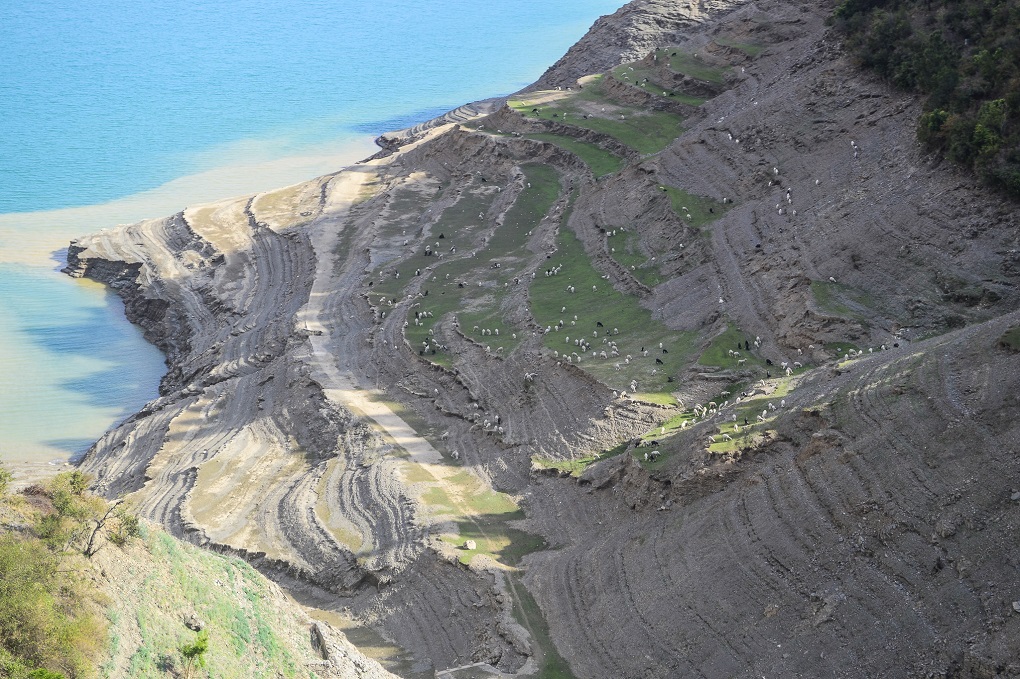
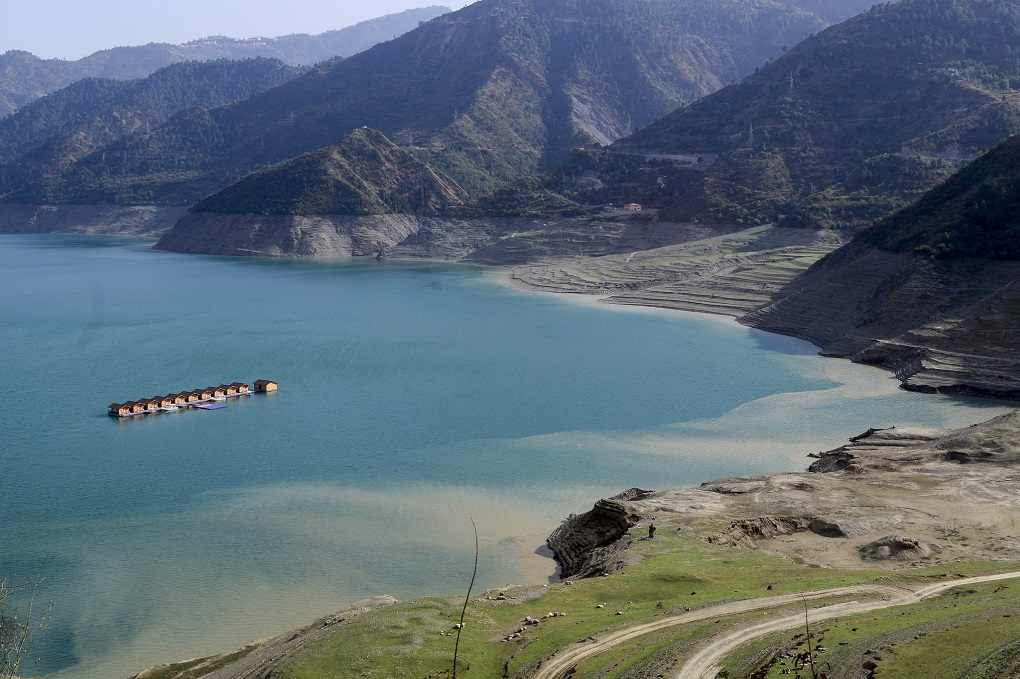
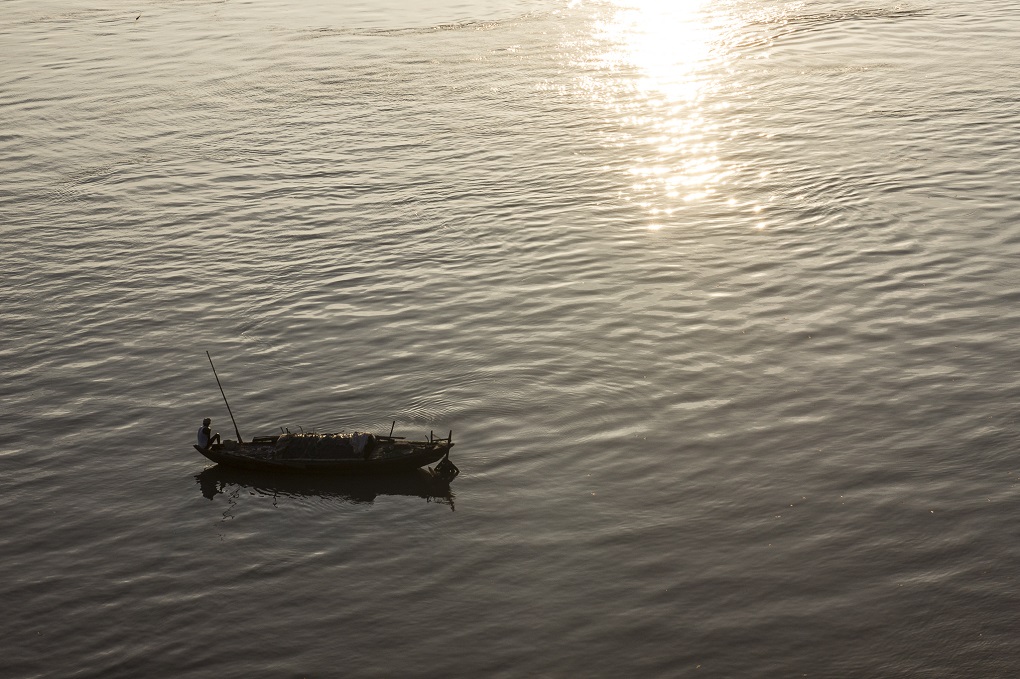
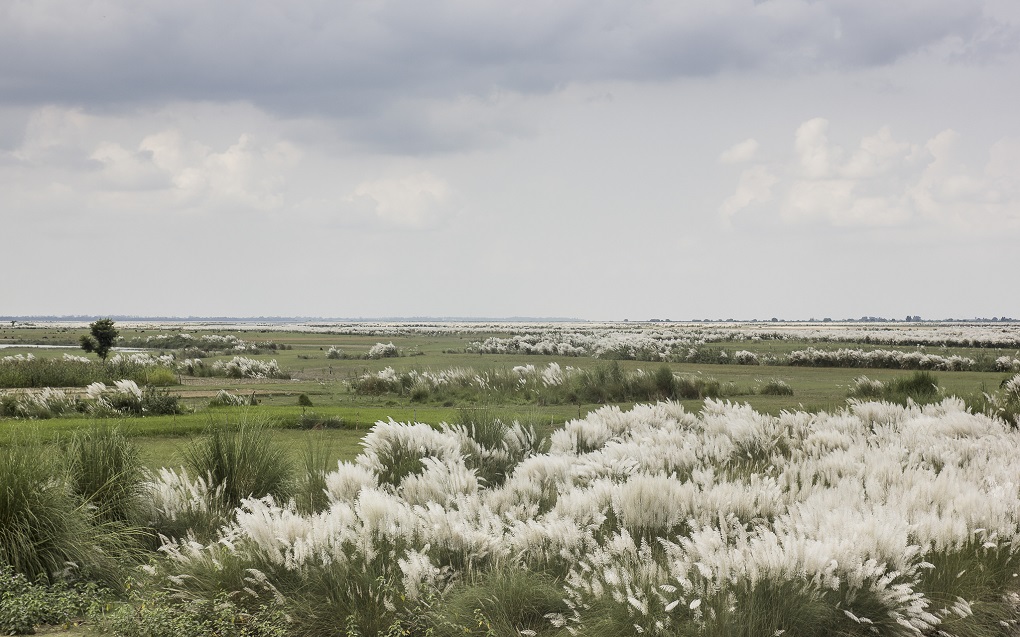
![<p>A temporary shelter built on the floodplain, far from home and close to the farms. Most river communities understand the futility of setting up permanent structures on flood plains [image by: Siddharth Agarwal]</p>](https://dialogue.earth/content/uploads/2019/08/The-Ganga-300x200.jpg)
